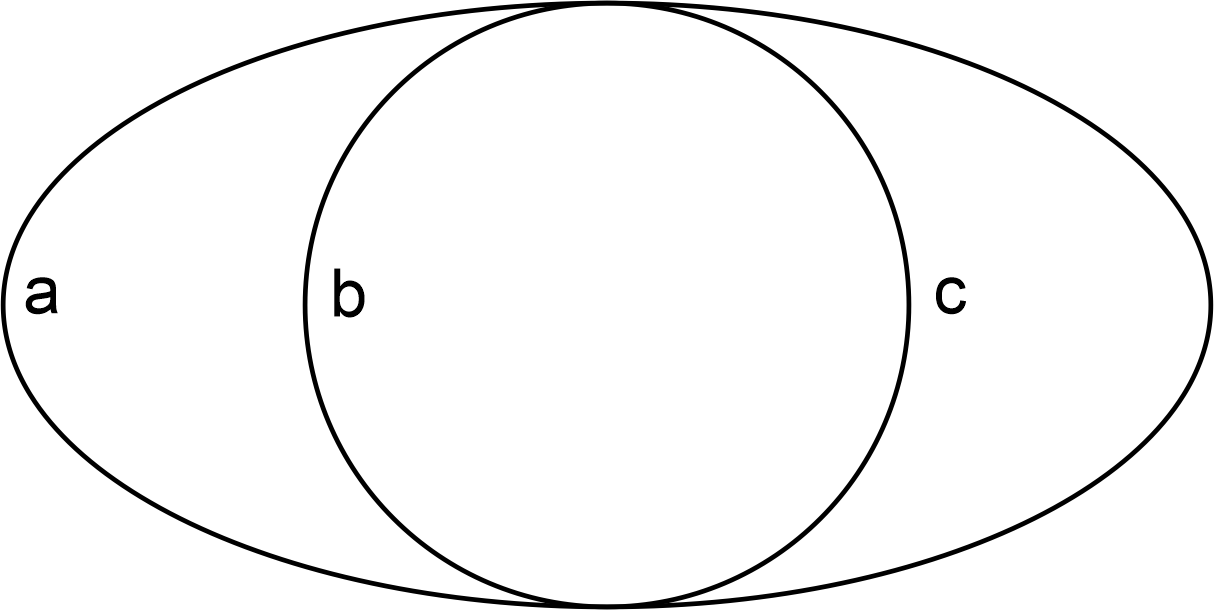- Title: Contemplations, The Artistic Eye Perspective.
- Author: Arvindus.
- Publisher: Arvindus.
- Copyright: Arvindus, 2017, all rights reserved.
- Index: 201708061.
- Edition: html, first edition.
§
As long as culture exist man has created images. These images can roughly be divided into three-dimensional images and two-dimensional images. With three-dimensional images we may think of statues and with two-dimensional images of paintings. In three-dimensional imaging the carrier substance is one with the image, however with two dimensional imaging the carrier substance is separate from the image. This carrier may regard an object for usage or a carrier that serves no purpose but to carry the image. When the latter is the case the carrier is freely bordered. In objects for usage the borders of the images are bound by the shape that gives the regarded objects their usefulness. However with objects that only serve to carry images the setting of borders is less bound and thus more free.
Now throughout history mostly the borders of these carriers have freely been made rectangular in shape. Sometimes oval or round shapes also occur, but generally and dominantly images are carried by rectangular shaped carriers. These rectangular carriers then give rectangular views on sceneries. However such views are not authentic from the standpoint of the human eyes. The view from the human eyes has a more or less almond or oval shaped view, sharp at the center and somewhat fading towards the right and left edges. Around that view everything is dark.
Taking the above in account it may dawn that oval images are more authentic than rectangular ones. They connect more to the human point of view (taken this expression literally). And this also means that oval shaped images may be experienced as more authentic by the onlookers.
Now techniques in producing images have developed tremendously. From still images on canvasses visual art revolutionized through photography into moving images on television screens (synthesizing with the performing arts). In the shaping of the presented views however always the rectangular option has been maintained. Television producers nor filmmakers have made proper use of the possibility to make the presented art more captivating by shaping the borders of the presented images into ovals.
It is not that the visual arts have made no use at all of technical developments to make their images more captivating. Nowadays three-dimensional images (on two-dimensional carriers) are being developed as well as virtual reality views through special constructed glasses. However the easy and obvious step to improve captivity is not made.
To make this easy experimental step compositions could be made more or less as in figure 1. The essential subjects should be sharply placed within circle b, and the spaces a and c should be unsharply filled in as context.

Figure 1.
This is the in this contemplation made suggestion to visual artists: To experiment with the artistic eye perspective to make art on two-dimensional carriers more authentic and captivating.